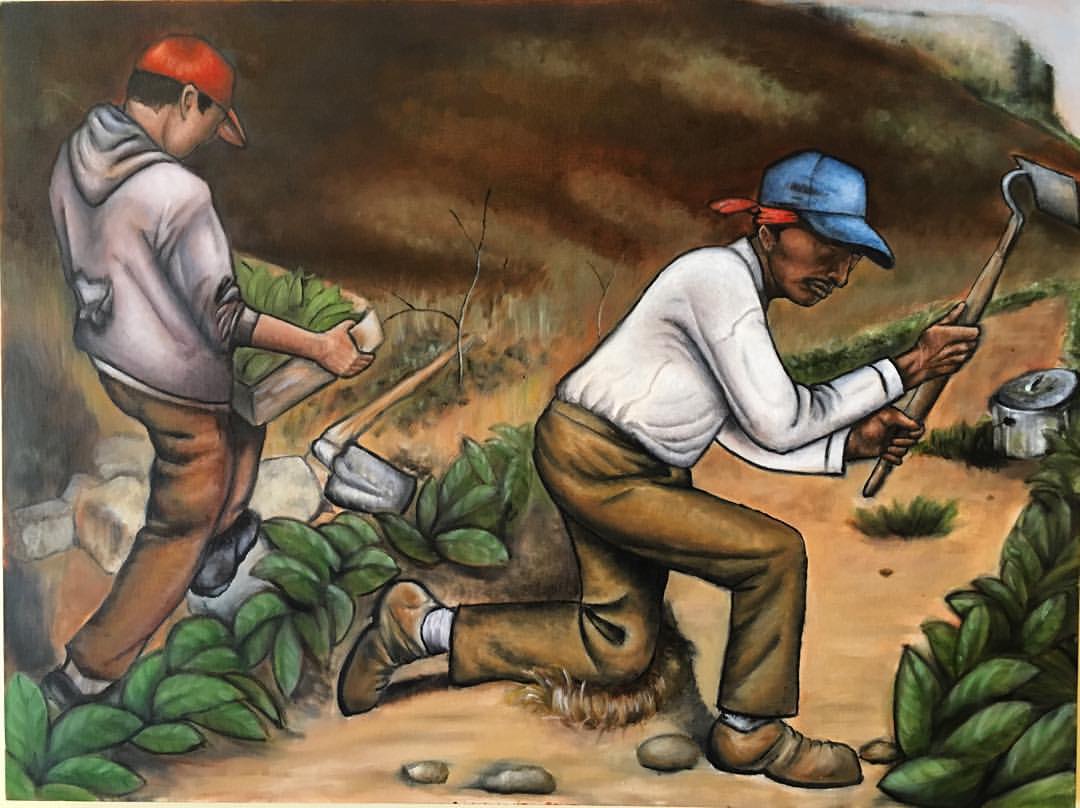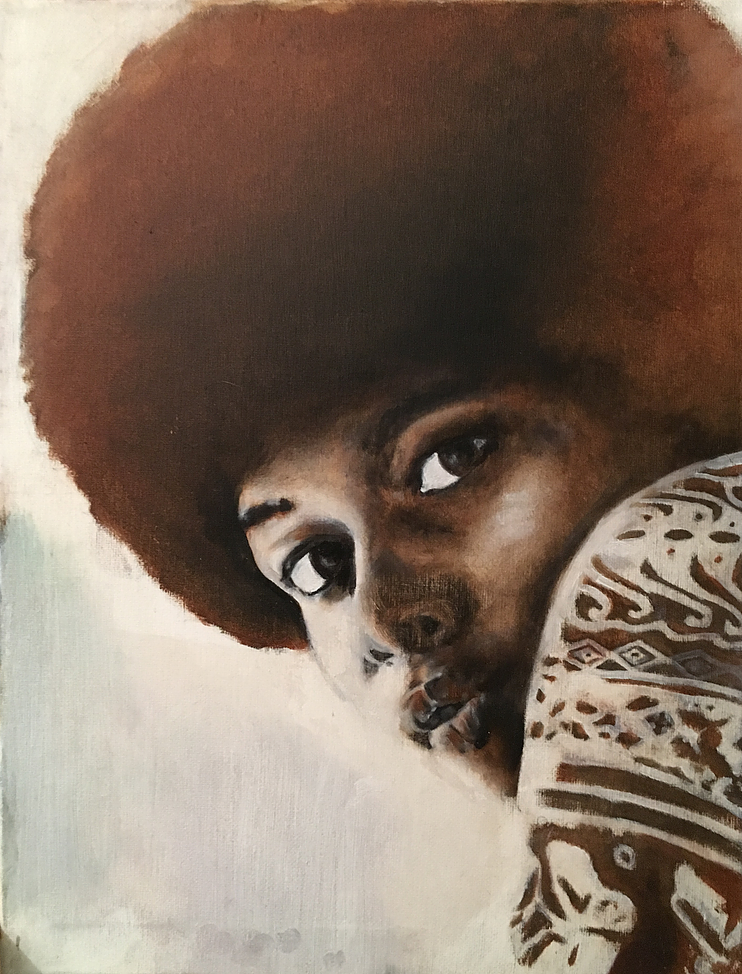Interview: Eduardo Chaidez | Oakland, California, U.S.
California native Eduardo Chaidez talks to EAS interviewer Victoria Ayala about the role of historical research in his art, the challenges of representation, and his long journey from dropping out of high school to becoming a Masters student at School of the Art Institute of Chicago.
Now you are working toward a Master’s degree in Visual and Critical Studies at the Art Institute of Chicago. What has your experience been so far now in graduate school?
It has been cool. I have lived in Oakland my whole life; I did live in Berkeley for one semester, but moved back to Oakland, so I have been in the Bay Area for 32 years. I was privileged and lucky enough for this opportunity to go to graduate school. Chicago is amazing, huge, and there’s always something to do. I don’t get to do much yet because of the school work, but I really like Chicago, the city, and my school. The students in my class are cool, and the program - Visual and Critical Studies - let me do what I am interested in. It is an interdisciplinary program, so I can take classes in different subjects. Next semester I will take a class in figure painting, and a class to develop my thesis. I am really glad to be attending this school, and to still have another year to go.

Do you have a preferred medium? I’ve seen mostly oil paintings and charcoal. How do you choose your media?
I started with drawing, then charcoal. I stayed in black and white for a very long time, I was terrified of color, and still am. Then I took a painting class, and I really fell in love with oil painting, so that is where my focus is now, in oil painting and representational art.
I try to stay away from acrylic painting because it dries too fast. What I like about oil painting is that you can keep working it. I am often indecisive, and with oil I can go back and erase, or zone out on a glob of paint. It is meditative, because it takes time, and generally, with work and schedules, I don’t have the freedom to ‘take time’.
Sitting down, working with oil paints, mixing all the colors, the whole process is really great for me. I also like drawing, and I am interested in digital art.
Some of your works have the feel of old photography with muted palettes, and the pixelated style is also reminiscent of pop art, others are definitely in the realist or neorealist tradition. Are there artists whose style or mission inspires you?
Yes, there are! I don’t even know where to start… I think I have always been attracted to political posters, with flat, simple graphics that are very striking; everything that needs to be there is there, in the most simple way.

Which of your works did you have the best time with, and enjoyed making the most?
I like the fact that every oil painting is a process, it is always about figuring it out. I start with an idea of what I want to do, but then the work kind of takes on its own life. I can mix a color differently, and then see that it actually works with what I am doing, but then I have to find the other colors that will work well with that one. Things change and shift, and I really enjoy this whole process of oil painting. That is what keeps bringing me back.
What are your weaknesses and strengths as an artist?
I like being comfortable, like everybody does, so it’s hard for me to do the hard work required by experimenting. Sometimes I find it hard to do representational painting, because it can be somehow boring to immediately know what the painting represents on the surface, like a reclining nude, for example, or some farm workers. I feel that I am good at it, but it is also hard to experiment with it because of fear or hesitation.
Strengths?
I think it would be my stubbornness, which plays into the weakness of not wanting to change, but that stubbornness also keeps me going.
What direction would you like to expand your work into next?
It's easier to talk about what I am working on now, and eventually I can see how it develops, because this is usually the way it goes. Right now I am studying the history of portraiture and the history of representation of people of color through portraiture, photography or painting.

Portraiture is what I am trying to do the most with my oil paintings. I feel that if I want to speak this language, to portray people, I should know some of the history of it. This is what my graduate work will be investigating, it is the history I am looking into, and then I can be free to develop what I want.
What advice do you have for Emergent Art Space in its effort to foster understanding through art among artists from different countries and cultures?
This maybe ties back into my other answer about building community. It is not easy to do it on a global scale, but that’s what EAS is trying to do, and definitely social media have shown that it is possible. A few weeks ago an artist posted a question on the EAS website. I thought that was pretty cool, trying to engage people to talk about something they can relate to. It would be cool to include more of that, like prompts that start a conversation on how an artist would represent a certain topic, because it would be easier to know what to begin with, and in what direction to go. You can bring up general issues, even more specific ones, considering everything that is going on in the world right now that people can respond to….
To find out more about Eduardo's work you can read here a previous conversation with EAS contributor Uji Venkat...
Thank you to Oakland photographer/videographer Kim Webber for recording the interview!